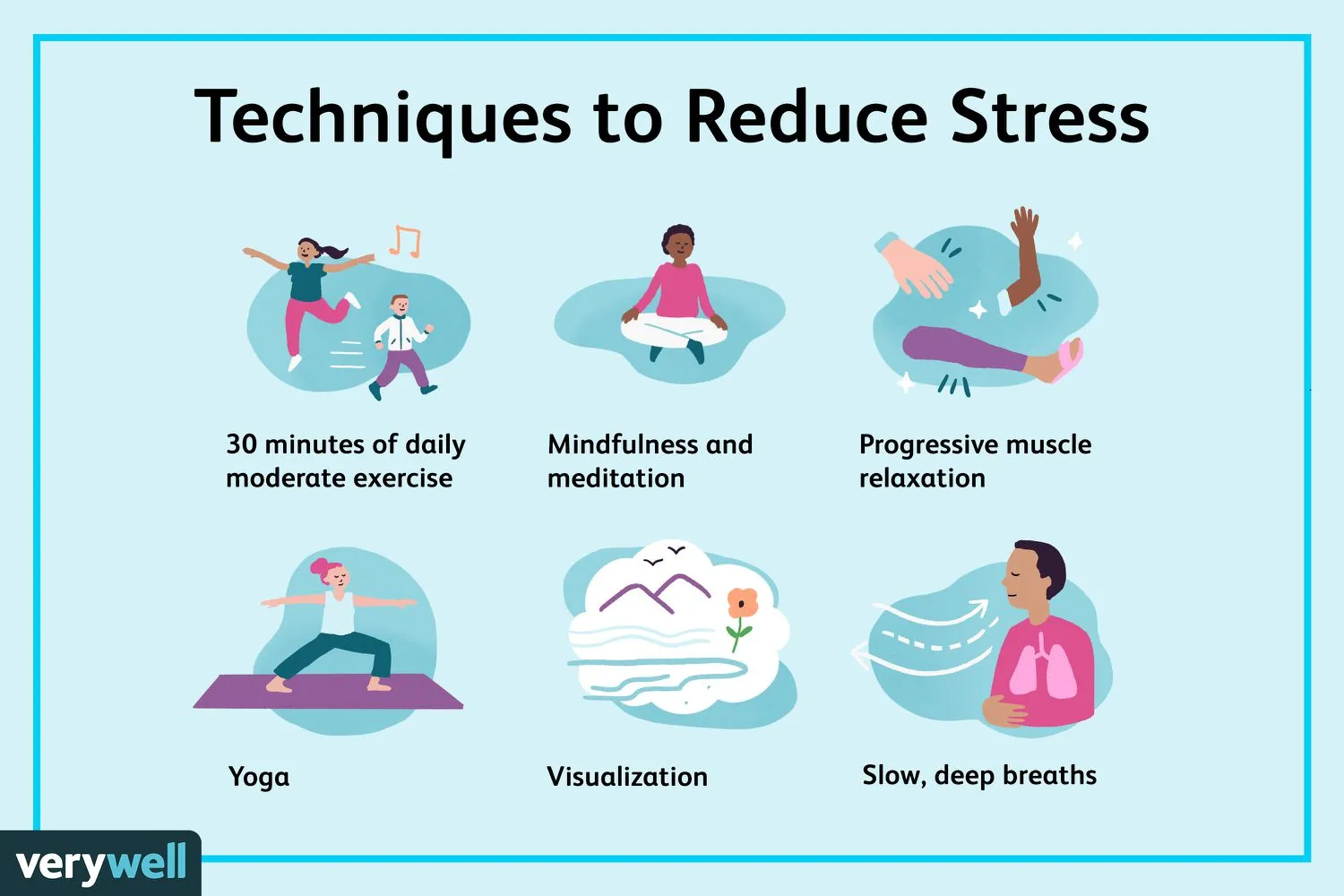Understanding PTSD: The Silent Battle Within
Introduction: Post-Traumatic Stress Disorder (PTSD) is a mental health condition that can develop after experiencing or witnessing a traumatic event. It affects millions of people worldwide, causing significant distress and impairing daily functioning. This article aims to shed light on the nature of PTSD, its symptoms, causes, and available treatment options.
- The Definition and Symptoms of PTSD: PTSD is characterized by a range of distressing symptoms that persist long after the traumatic event. These symptoms can be grouped into four main categories: re-experiencing, avoidance, negative mood, and hyperarousal. Re-experiencing symptoms include flashbacks, nightmares, and intrusive thoughts. Avoidance symptoms involve avoiding triggers associated with the traumatic event. Negative mood symptoms manifest as feelings of guilt, shame, and detachment. Hyperarousal symptoms include irritability, insomnia, and an exaggerated startle response.
- Causes and Risk Factors: PTSD can be triggered by various traumatic events such as combat exposure, natural disasters, physical or sexual assault, accidents, or the sudden loss of a loved one. However, not everyone who experiences trauma develops PTSD. Certain risk factors increase the likelihood of developing the disorder, including a history of trauma, a family history of mental health disorders, lack of social support, and the presence of other mental health conditions.
- The Impact of PTSD on Daily Life: Living with PTSD can be incredibly challenging. Individuals with PTSD often struggle with relationships, employment, and overall quality of life. The constant fear, anxiety, and intrusive memories can lead to difficulties in concentrating, insomnia, and emotional instability. Substance abuse and self-destructive behaviors are also common coping mechanisms adopted by those suffering from PTSD, further exacerbating the negative impact on their lives.
- Seeking Help: Diagnosis and Treatment: Recognizing the signs of PTSD is crucial for early intervention and effective treatment. Mental health professionals diagnose PTSD by conducting a thorough assessment of symptoms and their impact on daily life. Treatment options for PTSD include psychotherapy, medication, or a combination of both. Cognitive Behavioral Therapy (CBT) and Eye Movement Desensitization and Reprocessing (EMDR) are commonly used therapeutic approaches. Medications such as antidepressants and anti-anxiety drugs may be prescribed to alleviate symptoms.
- Support and Coping Strategies: Support from loved ones plays a vital role in the recovery process. Understanding, patience, and empathy can create a safe environment for individuals with PTSD to open up about their experiences and emotions. Engaging in self-care practices, such as regular exercise, relaxation techniques, and maintaining a healthy lifestyle, can also aid in managing symptoms. Joining support groups or seeking peer support can provide a sense of community and validation.
- Raising Awareness and Breaking Stigma: PTSD is often misunderstood, leading to stigma and societal misconceptions. Raising awareness about PTSD is crucial to foster empathy, understanding, and support for those affected by the disorder. Education campaigns, public discussions, and media representation can contribute to reducing the stigma surrounding mental health conditions and encourage individuals to seek help without fear of judgment.
Conclusion: PTSD is a complex and debilitating mental health condition that affects individuals who have experienced or witnessed traumatic events. The symptoms of PTSD can have a profound impact on daily life, relationships, and overall well-being. Seeking help, early intervention, and a supportive environment are essential for recovery. By increasing awareness, breaking stigma, and providing effective treatment options, society can better support individuals battling the silent battle within.
![]()





